Growing indoor plants in mason jars and glass containers has become one of the most stylish and sustainable trends in home gardening. Whether you live in a small apartment or just want to add a touch of greenery to your windowsill, this creative method allows you to bring life indoors without the need for bulky pots or garden beds. Mason jars and glass containers not only save space but also let you admire the roots and soil layers, turning your plants into living art pieces.
In this article, we’ll explore how to successfully grow indoor plants in glass jars, from choosing the right plants and containers to ensuring they thrive with proper care and creativity.
1. Why Choose Mason Jars and Glass Containers for Indoor Plants?
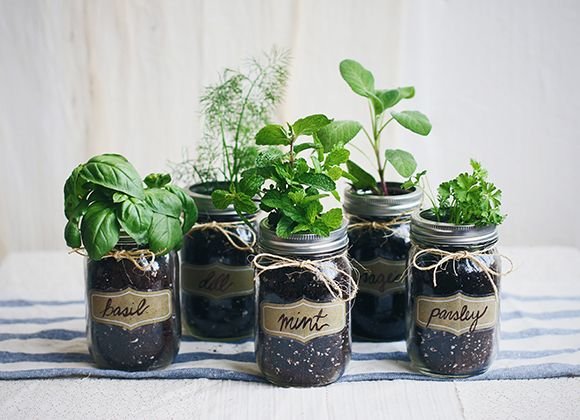
Mason jars and glass containers are perfect for modern plant enthusiasts because they combine function, beauty, and sustainability. Here’s why they make excellent plant homes:
- Aesthetic Appeal: Glass jars add a sleek, minimalist look to any room. You can easily match them with rustic, vintage, or modern interiors.
- Recycling Advantage: Repurposing old jars reduces waste and gives household items a new life.
- Root Visibility: Watching roots grow through clear glass helps monitor plant health and moisture levels.
- Compact Size: Ideal for small spaces like kitchen counters, office desks, and window ledges.
- Creative Flexibility: They can be used for terrariums, herb gardens, succulents, or decorative arrangements with stones and moss.
However, while these containers are beautiful, they lack drainage holes, so proper setup and care are crucial for healthy plants.
2. Choosing the Right Plants for Mason Jars
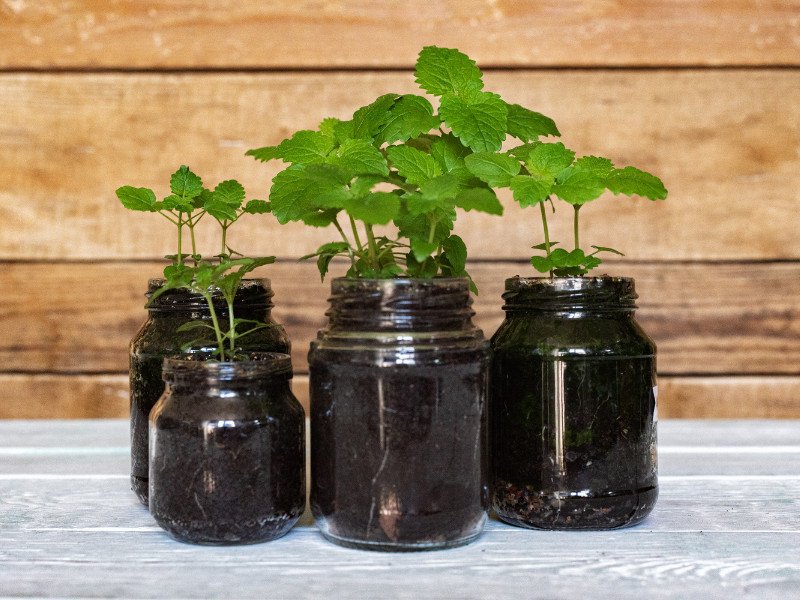
Not all plants thrive in glass containers. You’ll want species that don’t need deep roots, can handle moderate moisture, and grow slowly. Here are some excellent options:
A. Herbs
Perfect for kitchens and bright windowsills.
- Mint: Grows quickly and adds a refreshing aroma.
- Basil: Needs good sunlight; great for culinary use.
- Thyme: Compact and drought-tolerant.
- Parsley: Grows well in moderate light.
B. Succulents and Cacti
If you prefer low-maintenance plants.
- Echeveria
- Haworthia
- Aloe Vera (small varieties)
These plants need less water, making them ideal for glass containers with limited drainage.
C. Air Plants (Tillandsia)
Require no soil at all—just moisture and air circulation. Perfect for decorative glass orbs or open jars.
D. Small Houseplants
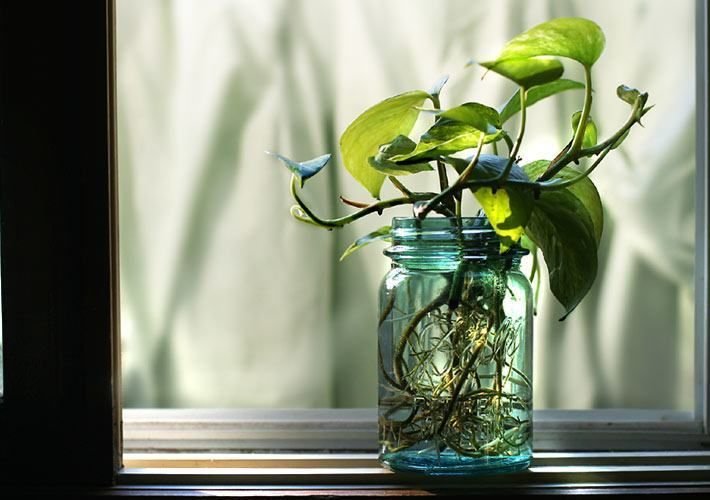
For a more lush, green effect:
- Pothos (Epipremnum aureum) – Grows easily and can root in water.
- Spider Plant (Chlorophytum comosum) – Excellent for jars and very adaptable.
- Lucky Bamboo (Dracaena sanderiana) – Thrives in water-filled containers.
- Fittonia (Nerve Plant) – Beautiful foliage for humid glass containers.
3. Preparing the Mason Jars or Glass Containers
Before planting, proper preparation ensures your plants have the right environment to grow healthy roots and avoid rot.
Step 1: Clean and Sterilize
Wash jars thoroughly with soap and warm water. Any leftover residues can cause mold or bacterial growth.
Step 2: Create a Drainage Layer
Since jars don’t have holes, you’ll need to mimic natural drainage:
- Add a 1-2 inch layer of small pebbles or gravel at the bottom.
- For better water control, add a thin layer of activated charcoal on top of the gravel to prevent odors and mold.
Step 3: Add Potting Mix
Choose soil according to the type of plant:
- Succulents and cacti: Fast-draining cactus mix.
- Herbs and leafy plants: Organic potting mix with perlite or sand.
- Air plants: No soil needed—just decorative sand, moss, or stones for support.
Step 4: Plant Carefully
Gently loosen roots and place the plant in the jar. Fill in soil around it without pressing too tightly—roots need air circulation.
Step 5: Decorate (Optional)
Add decorative stones, moss, or colored sand on top for a finished look. It adds charm and helps retain moisture.
4. Growing Plants in Water (Hydroponic Style)
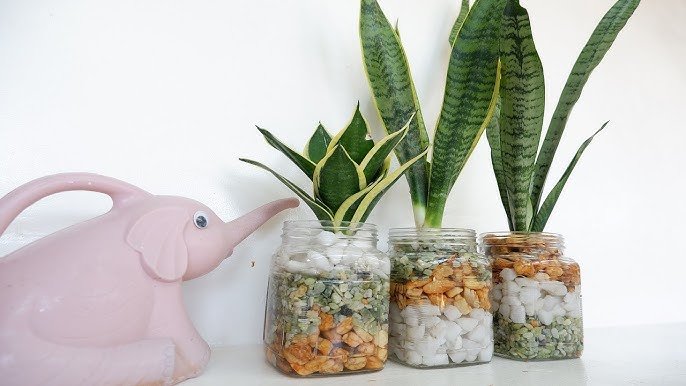
Some plants grow wonderfully in just water, making mason jars a perfect container. This is known as semi-hydroponic growing.
Best Plants for Water Growth:
- Pothos
- Lucky Bamboo
- Philodendron
- Coleus
- Sweet Potato Vine
How to Grow:
- Fill the jar halfway with filtered or distilled water (avoid tap water if it’s high in chlorine).
- Add a few drops of liquid fertilizer monthly for nutrients.
- Place the plant cutting so the roots are submerged but leaves remain above the waterline.
- Change the water every 1–2 weeks to keep it clean and oxygenated.
This method is low-maintenance and keeps your space mess-free—perfect for desktops and small apartments.
5. Light and Temperature Needs
Glass containers can heat up quickly under direct sunlight, so understanding your plant’s light tolerance is key.
Light Guidelines:
- Herbs and succulents: Need bright, indirect light near a south or west-facing window.
- Pothos, spider plants, and nerve plants: Prefer medium to low light conditions.
- Air plants: Like bright, filtered light but no direct sun.
If natural light is limited, use LED grow lights to simulate sunlight and encourage healthy growth.
Temperature:
Most indoor plants prefer temperatures between 18°C and 26°C (65°F–80°F). Avoid placing jars near heating vents, AC units, or cold drafts.
6. Watering and Maintenance Tips
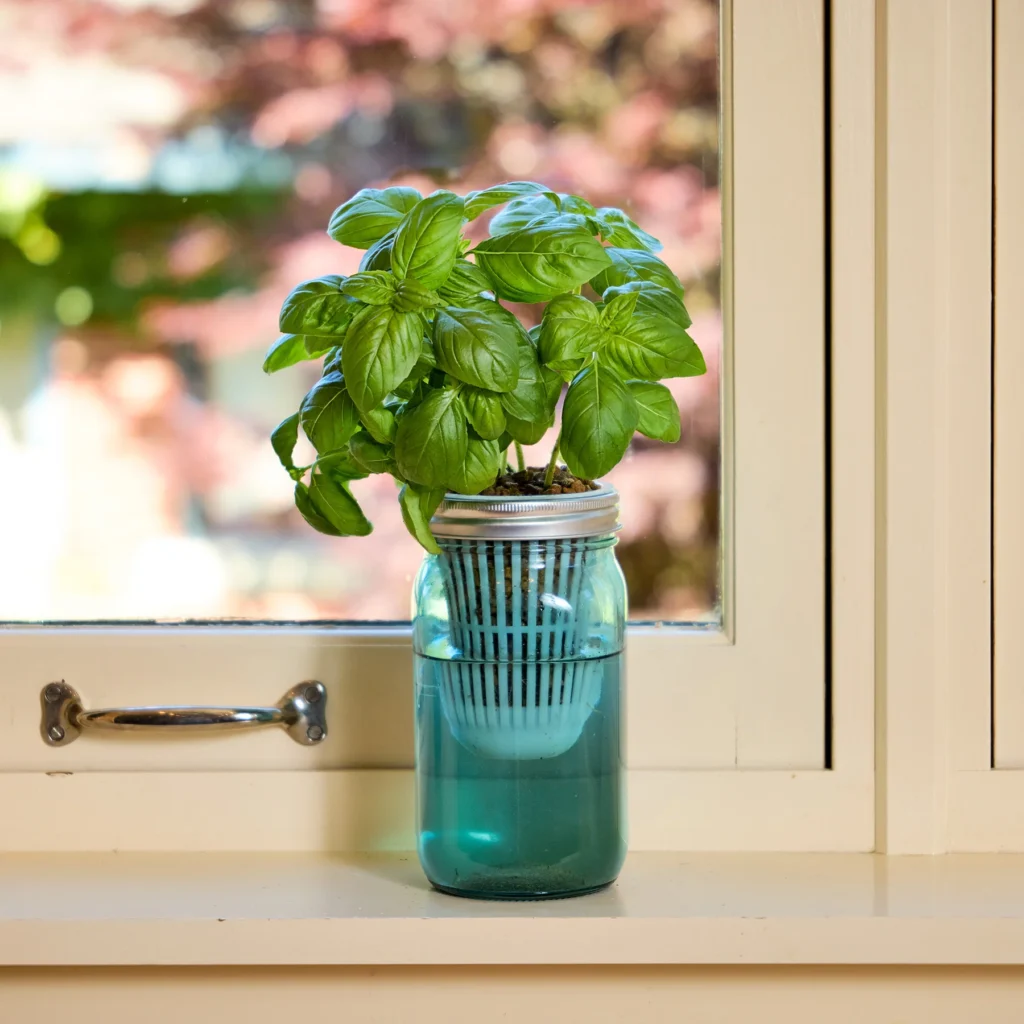
Since jars don’t drain excess water, overwatering is the most common mistake. To keep plants healthy:
- Check Moisture Before Watering: Stick your finger 1 inch into the soil. If it’s still damp, wait before watering.
- Use a Spray Bottle: For small jars, mist the soil to avoid flooding.
- Remove Standing Water: Empty any excess that collects at the bottom.
- Clean the Glass Regularly: Wipe away water stains and algae buildup to keep it looking fresh.
- Trim Roots and Foliage: Keeps plants compact and prevents root rot.
For succulents, water only when soil is completely dry. For herbs, water more frequently but ensure the top layer dries between watering sessions.
7. Fertilizing Your Jar Plants
Plants in small containers need occasional nutrients since the soil volume is limited.
- Use diluted liquid fertilizer (¼ strength) every 4–6 weeks.
- Avoid over-fertilizing; salts can build up in glass containers.
- For hydroponic setups, use water-soluble fertilizer drops monthly.
Organic options like compost tea or seaweed extract work wonderfully for herbs and leafy greens.
8. Creative Display Ideas
Part of the joy of growing plants in glass jars is the freedom to design them beautifully. Here are a few ideas:
- Hanging Jars: Use macramé holders or wire hangers for vertical gardens.
- Window Herb Garden: Line up different herbs in jars on your kitchen windowsill.
- Terrarium Layers: Create small ecosystems with pebbles, soil, moss, and tiny ferns.
- Colored Sand or Pebble Layers: Add visual appeal to transparent containers.
- Label Your Jars: Use chalk labels or tags to identify plant types or dates planted.
These setups don’t just green your space—they double as elegant, handmade décor.
9. Common Problems and Solutions
| Problem | Cause | Solution |
|---|---|---|
| Yellow leaves | Overwatering or poor drainage | Reduce watering; add more pebbles or charcoal. |
| Mold on soil | High humidity or lack of airflow | Improve ventilation; scrape off top layer and replace soil. |
| Algae in glass | Too much light and moisture | Move jar to lower light; clean glass regularly. |
| Slow growth | Nutrient deficiency | Use diluted fertilizer monthly. |
| Wilting | Root rot or underwatering | Check roots; adjust watering frequency. |
10. Benefits of Growing Plants in Glass Containers
Aside from being beautiful, this gardening method offers several benefits:
- Improves Air Quality: Even small plants help purify indoor air.
- Saves Space: Perfect for apartments, dorms, or offices.
- Encourages Mindfulness: Watching roots grow and caring for plants can be relaxing.
- Eco-Friendly: Encourages recycling and reduces waste.
- Customizable Decor: You can match jars with any interior style—rustic, modern, or bohemian.
Conclusion
Growing indoor plants in mason jars and glass containers blends creativity, sustainability, and simplicity. With the right plant choices, careful watering, and a touch of imagination, you can transform simple glass vessels into thriving mini-gardens.
Whether you’re nurturing aromatic herbs in your kitchen, displaying cascading vines on your windowsill, or crafting artistic terrariums, this approach lets you bring nature closer while adding personality to your home.
So, grab those unused jars, pick your favorite green companions, and start your mason jar garden journey today—because even the smallest glass container can hold a world of beauty and life.
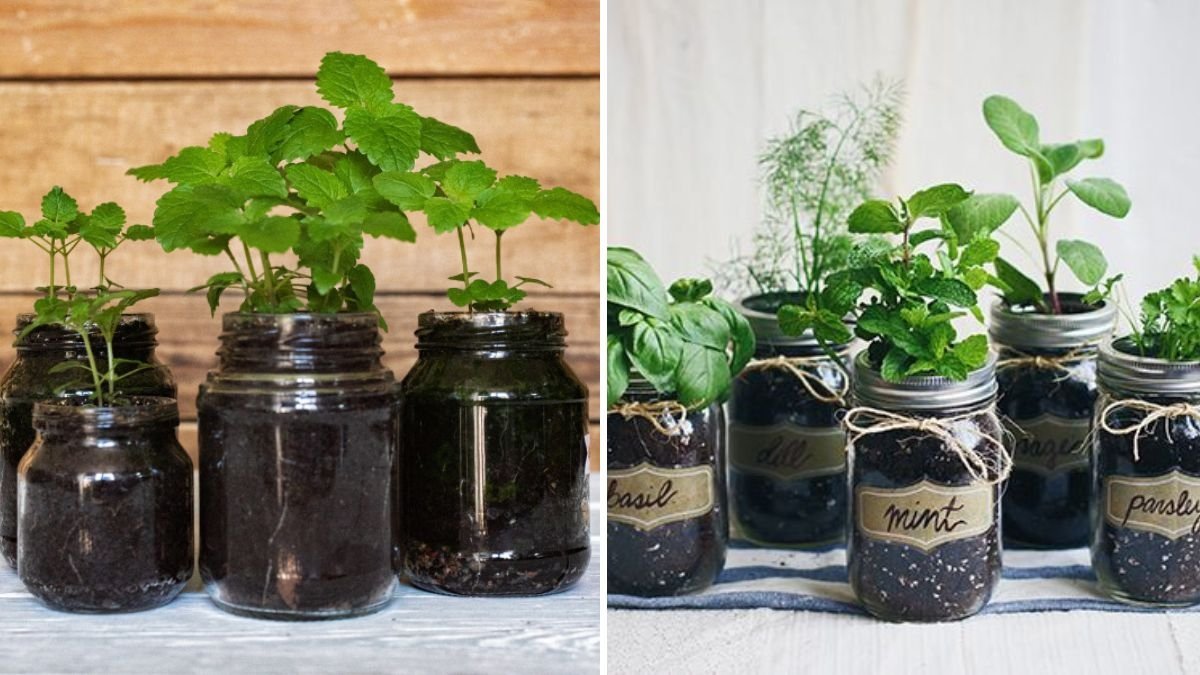




Leave A Comment